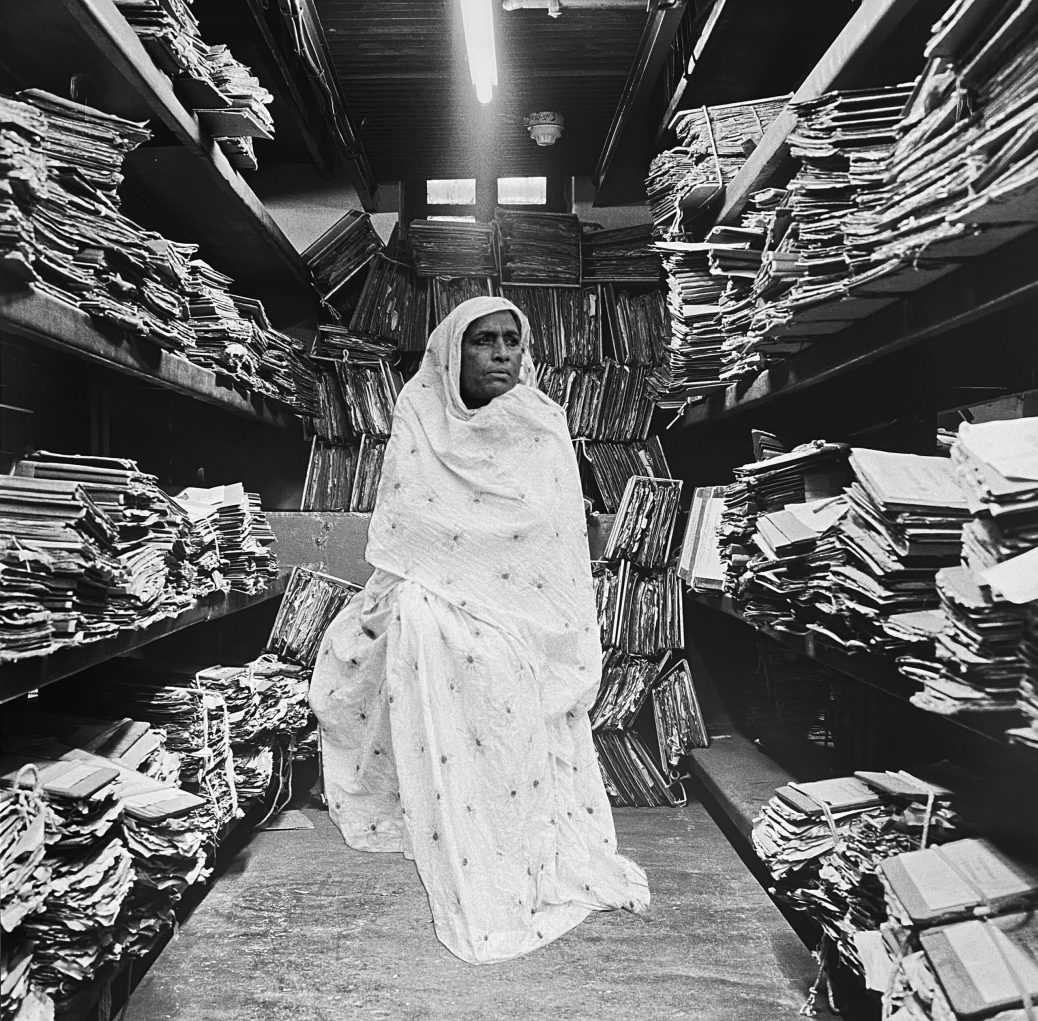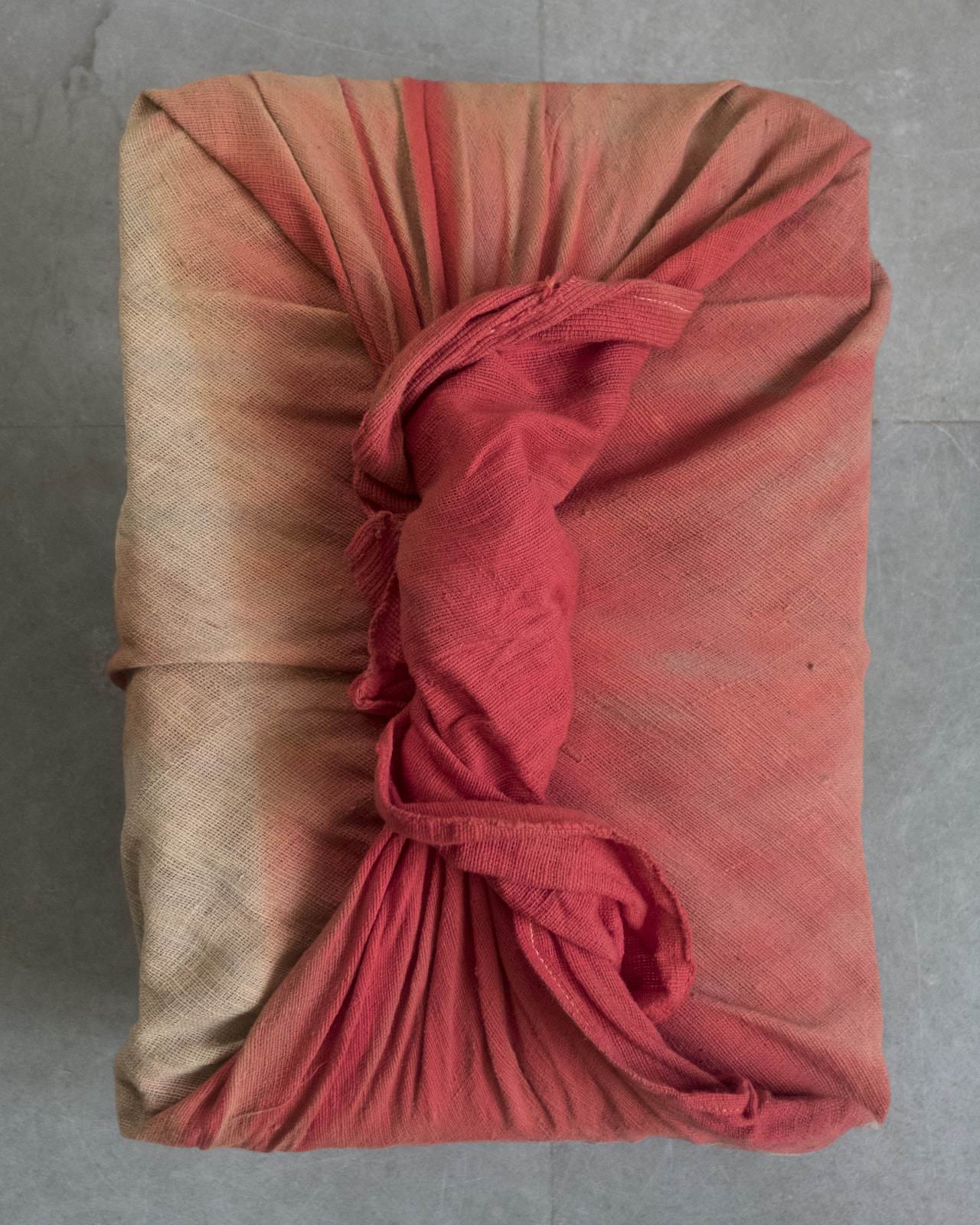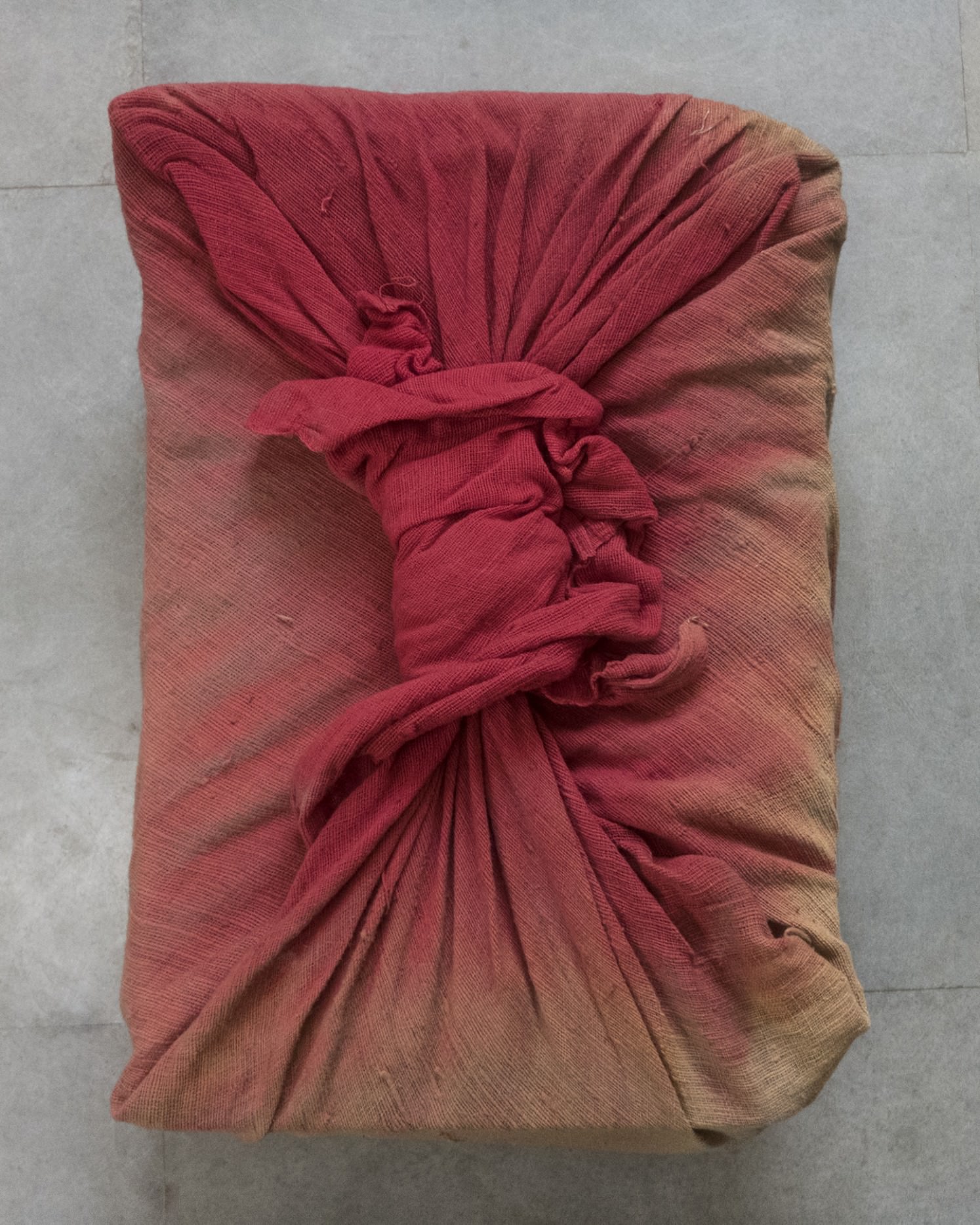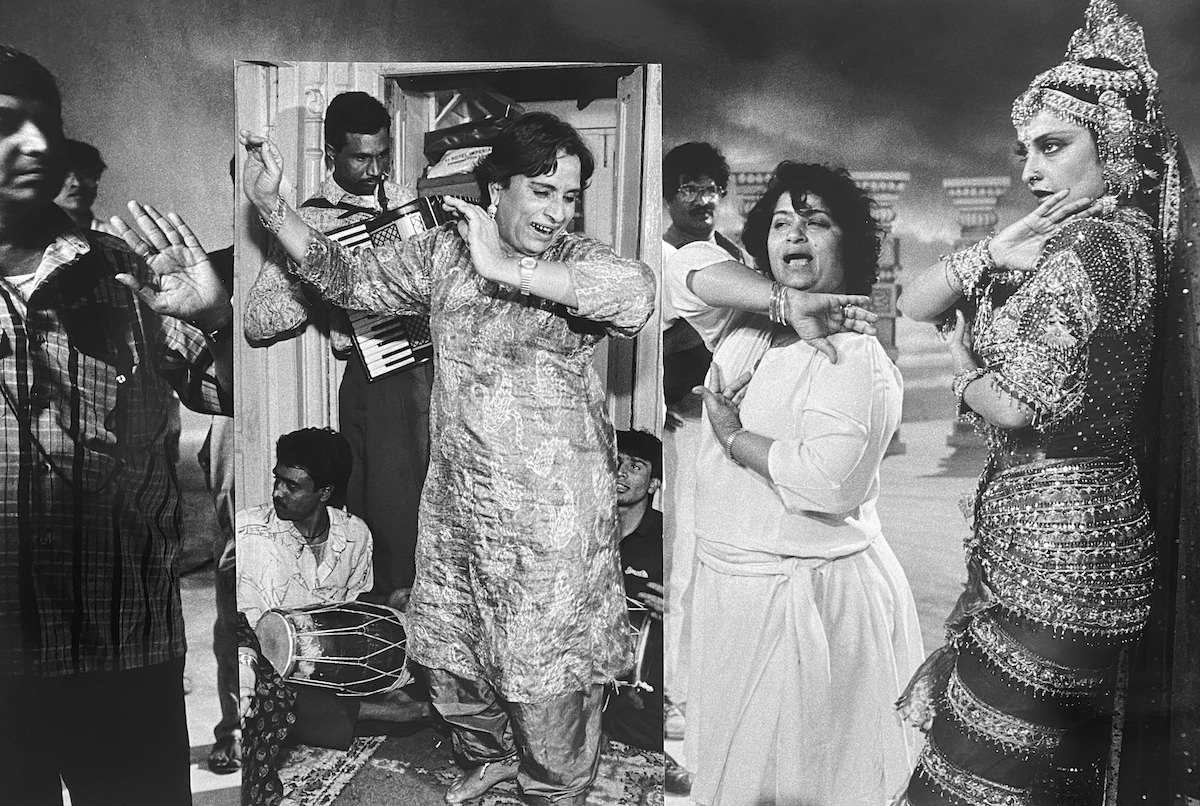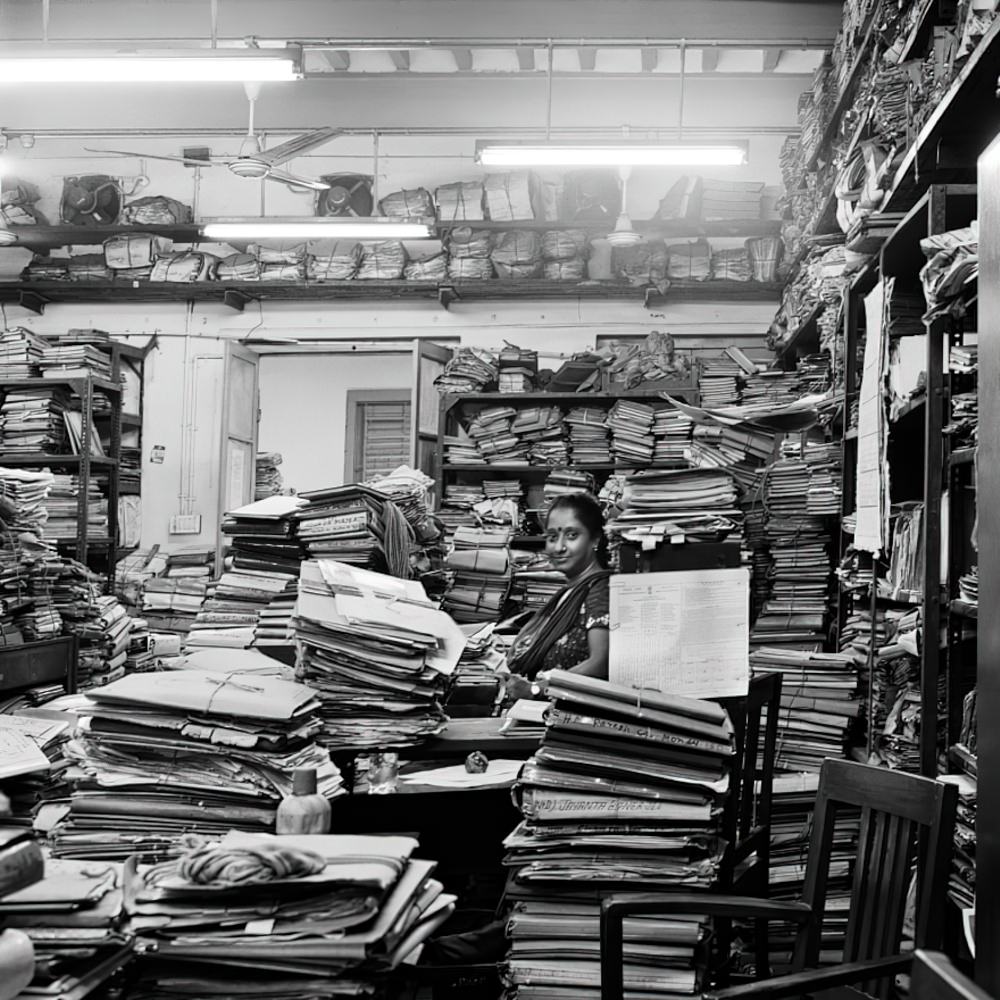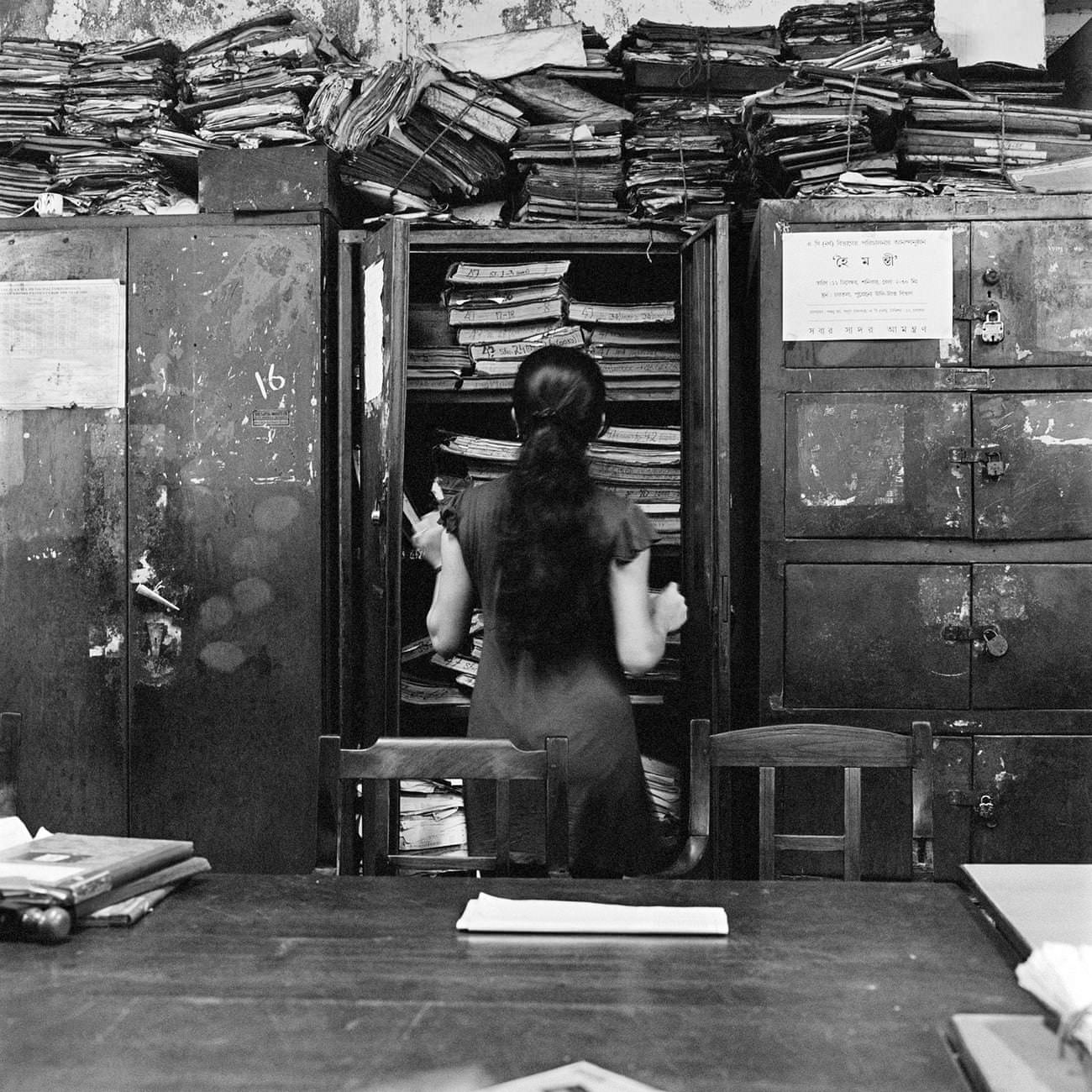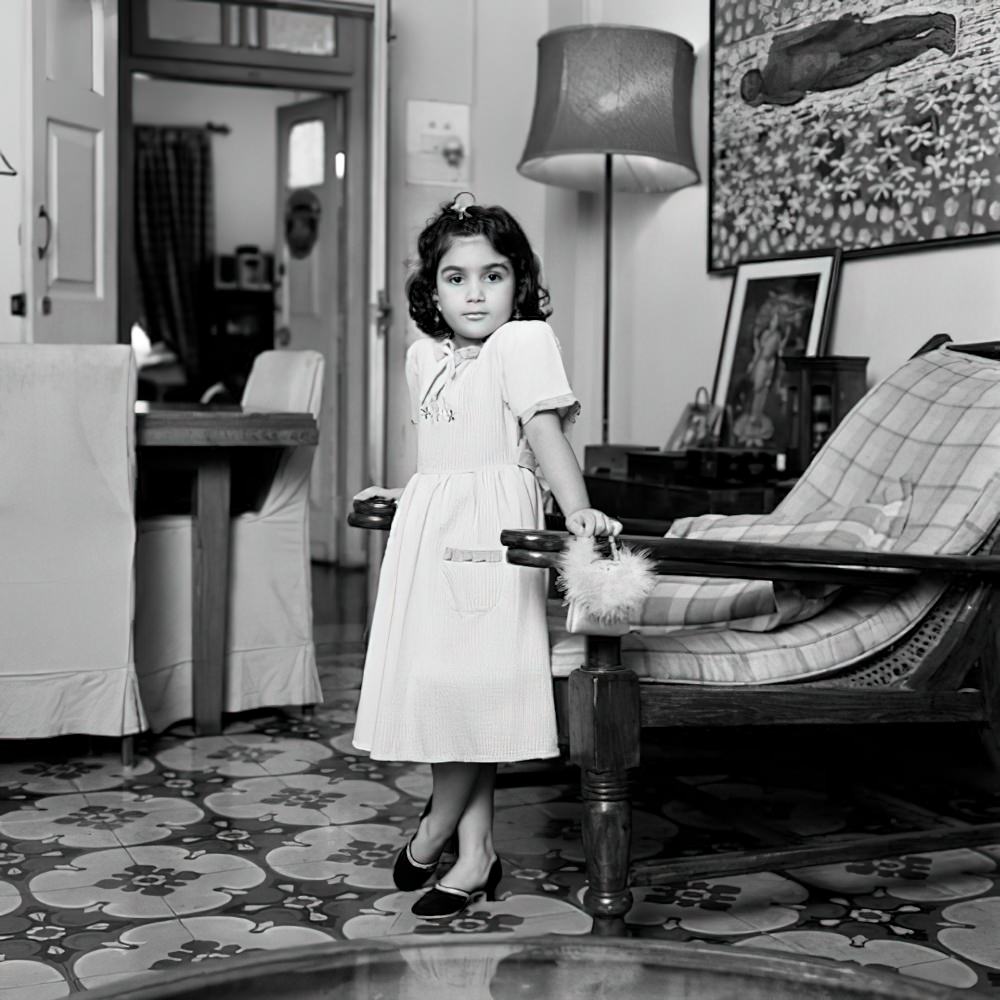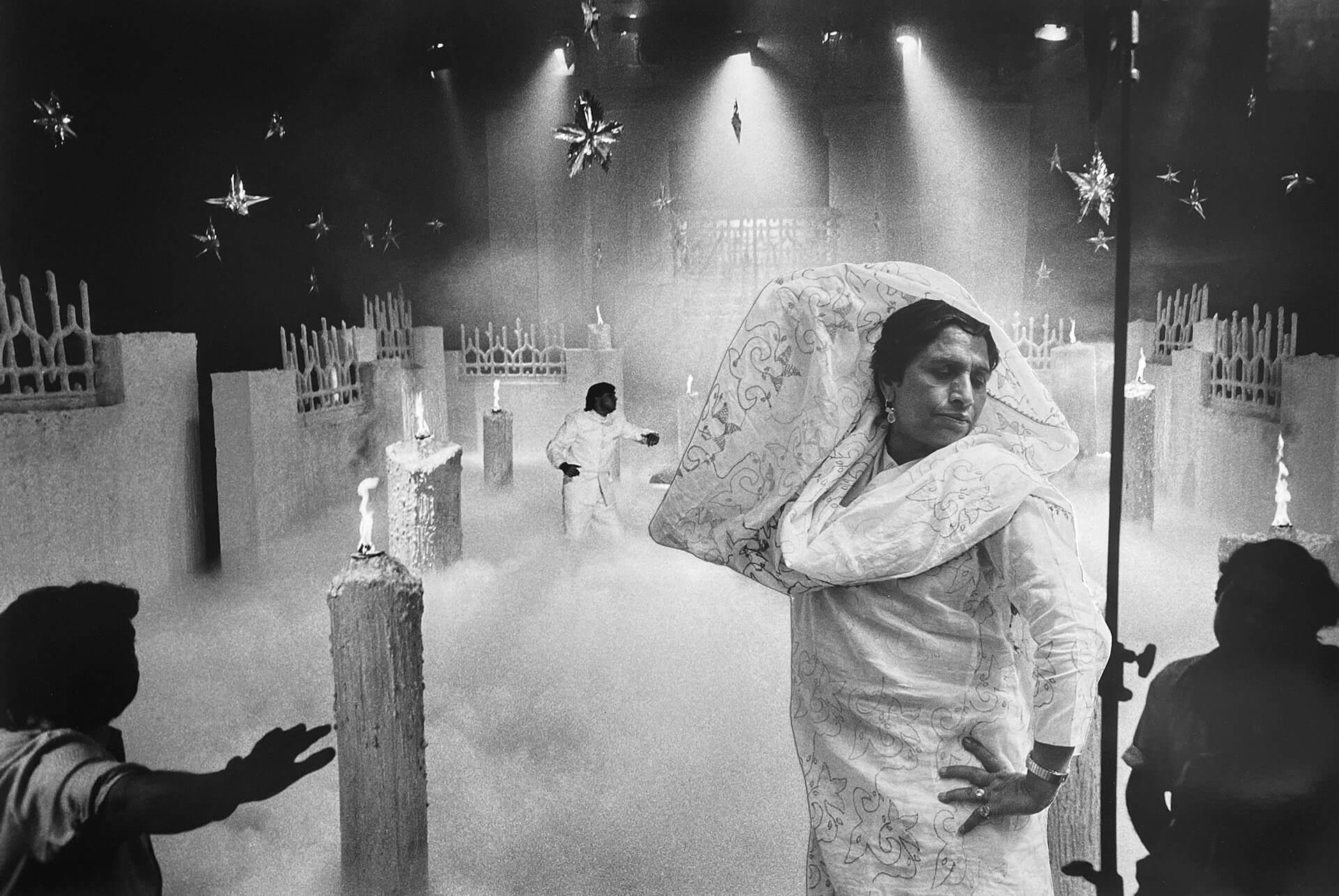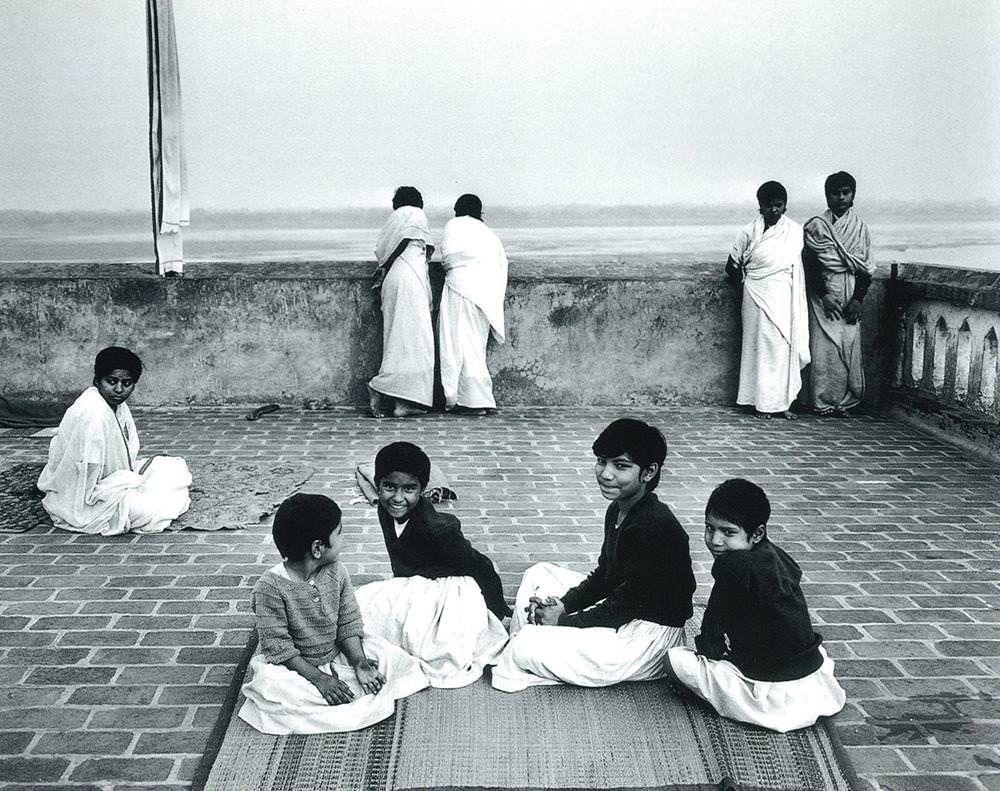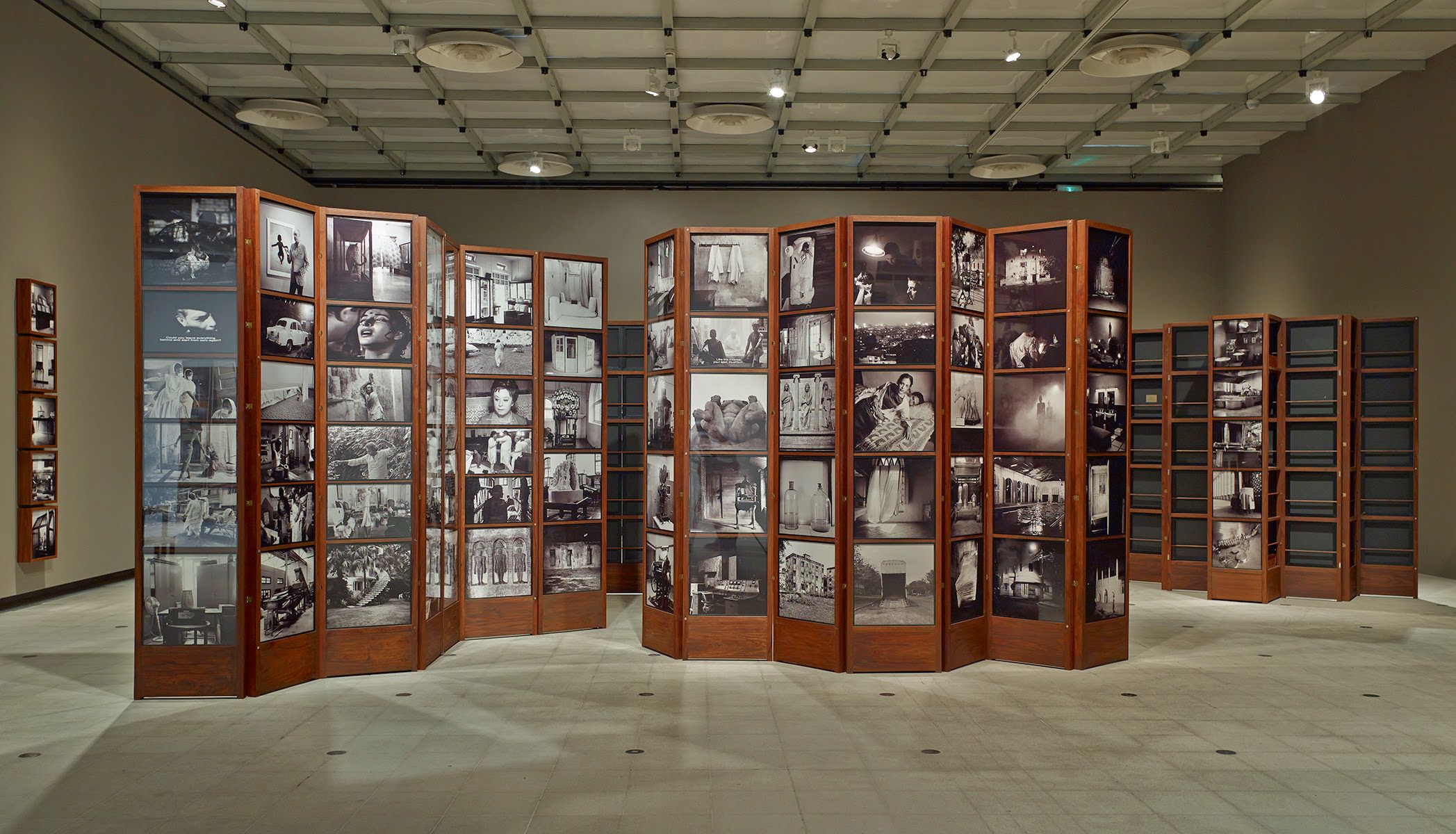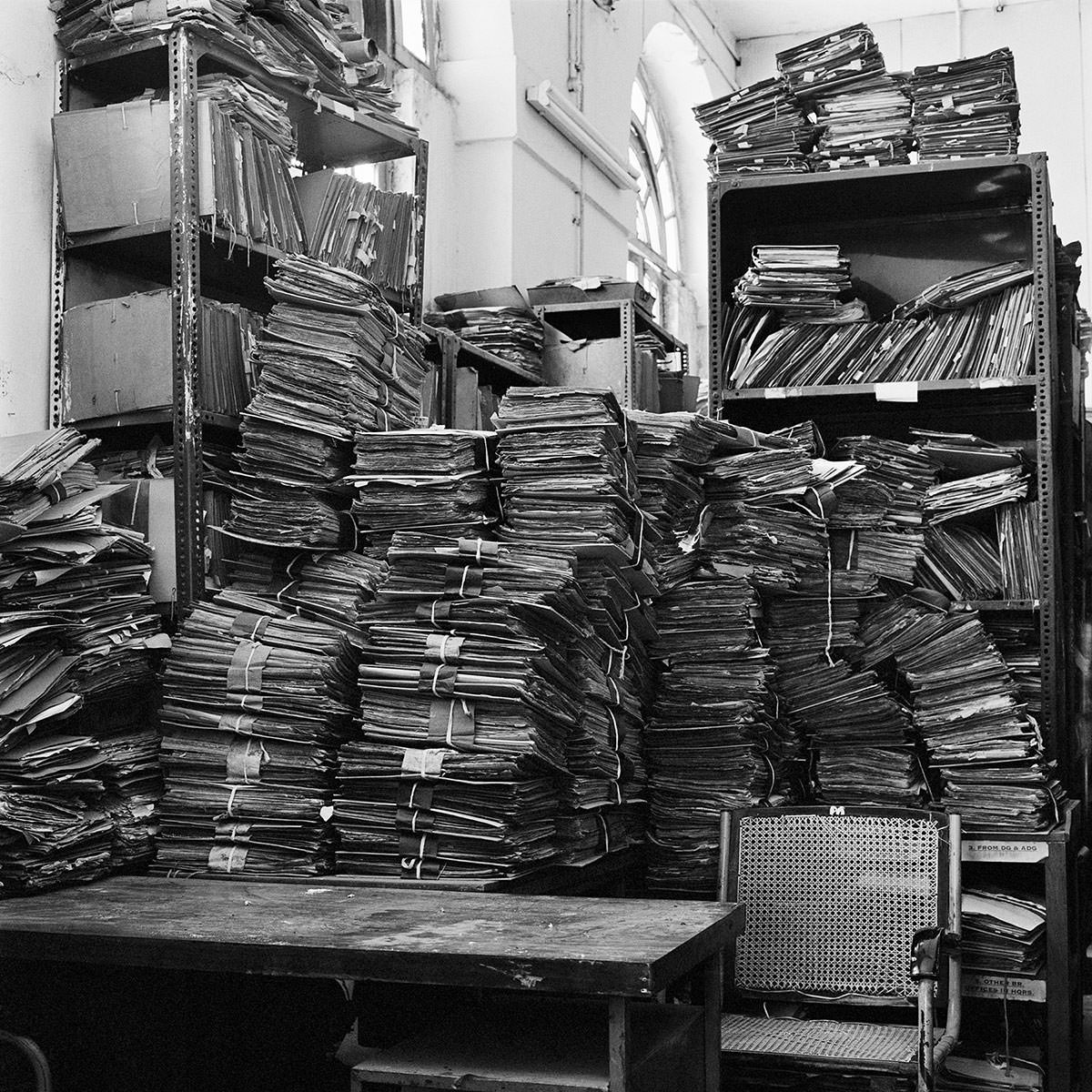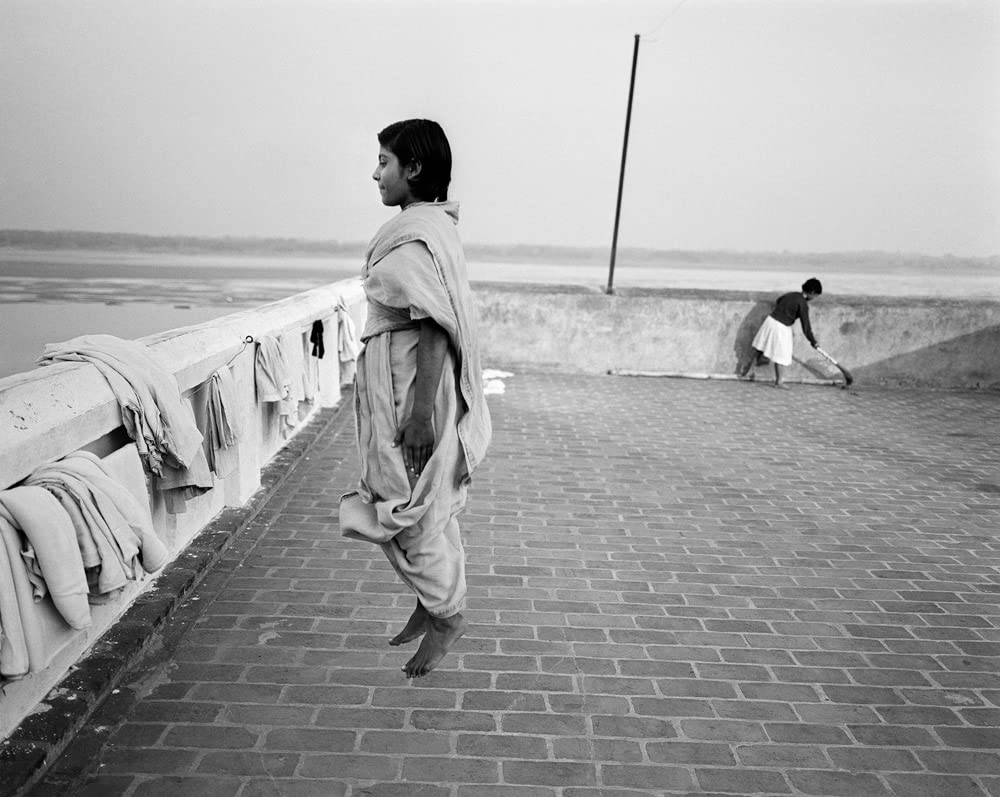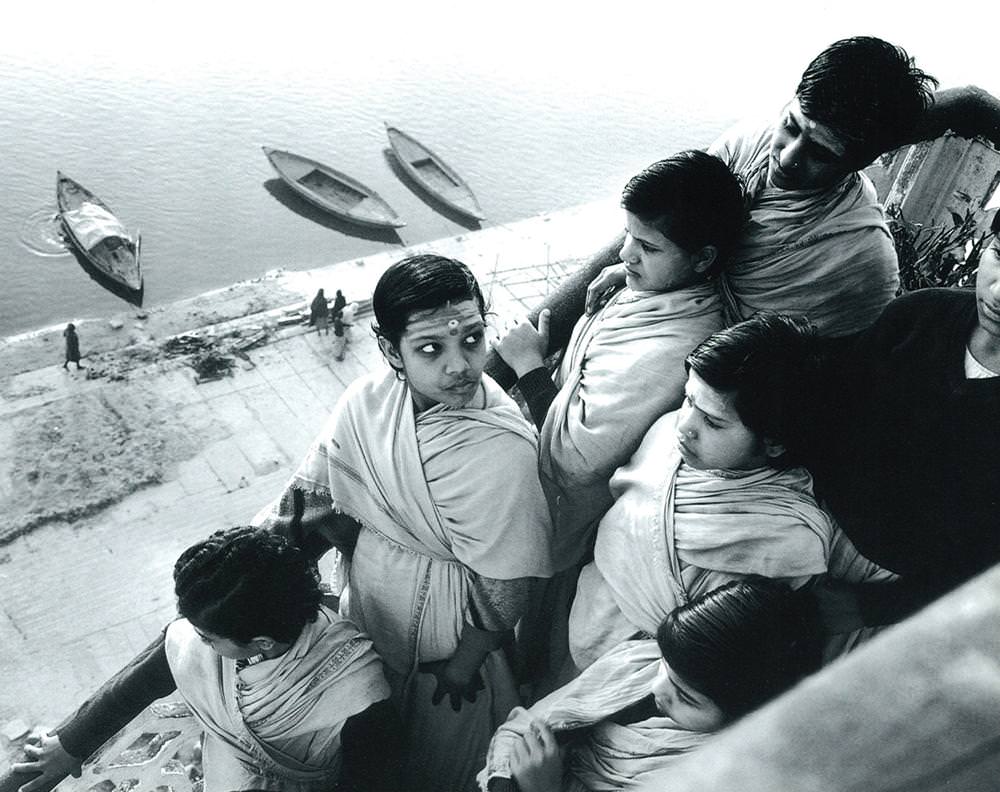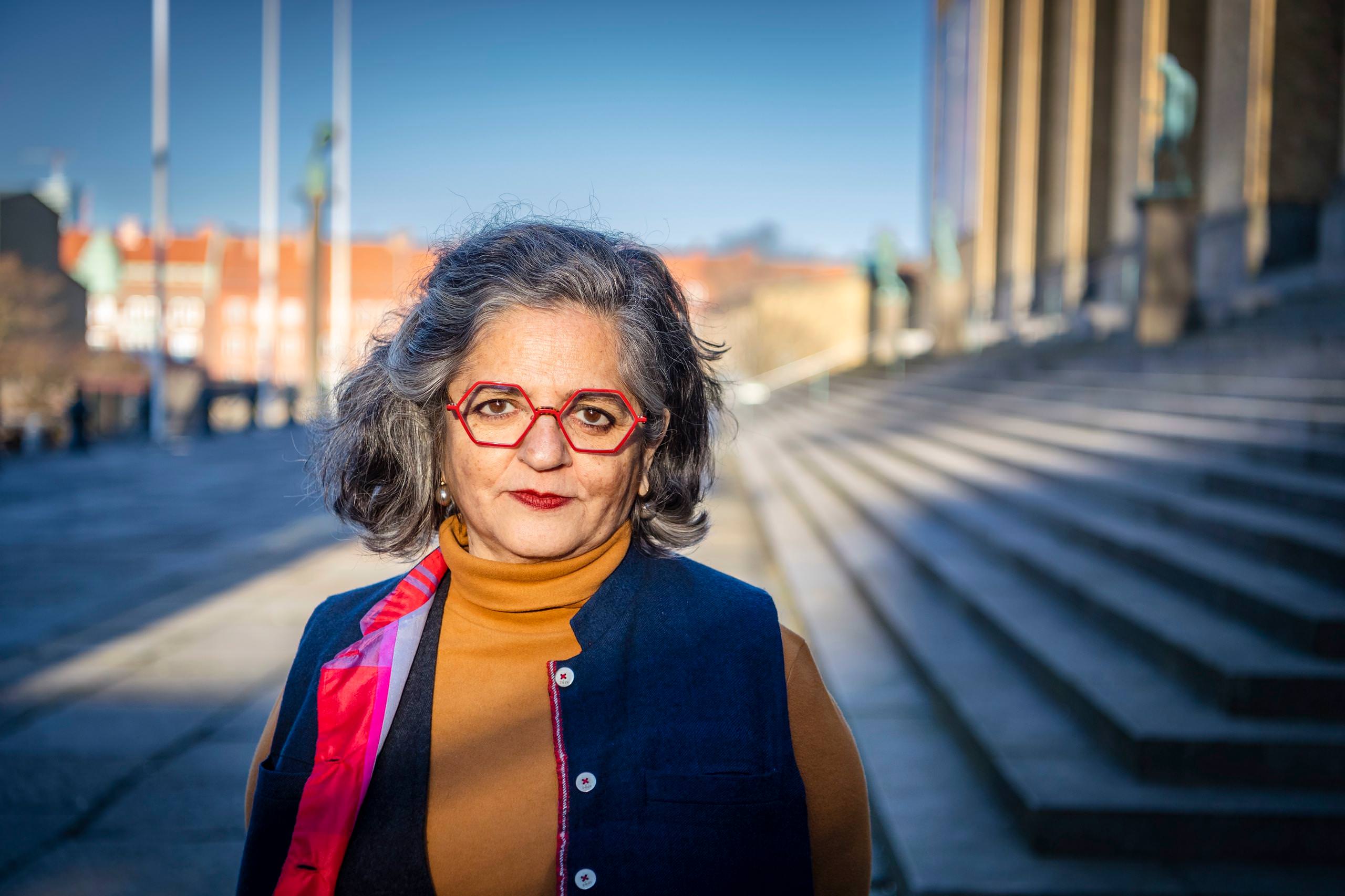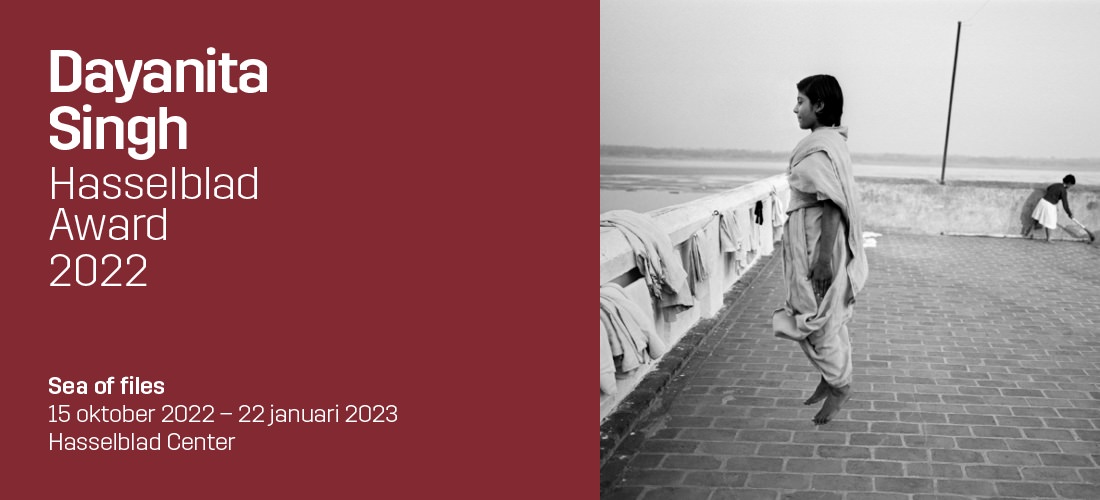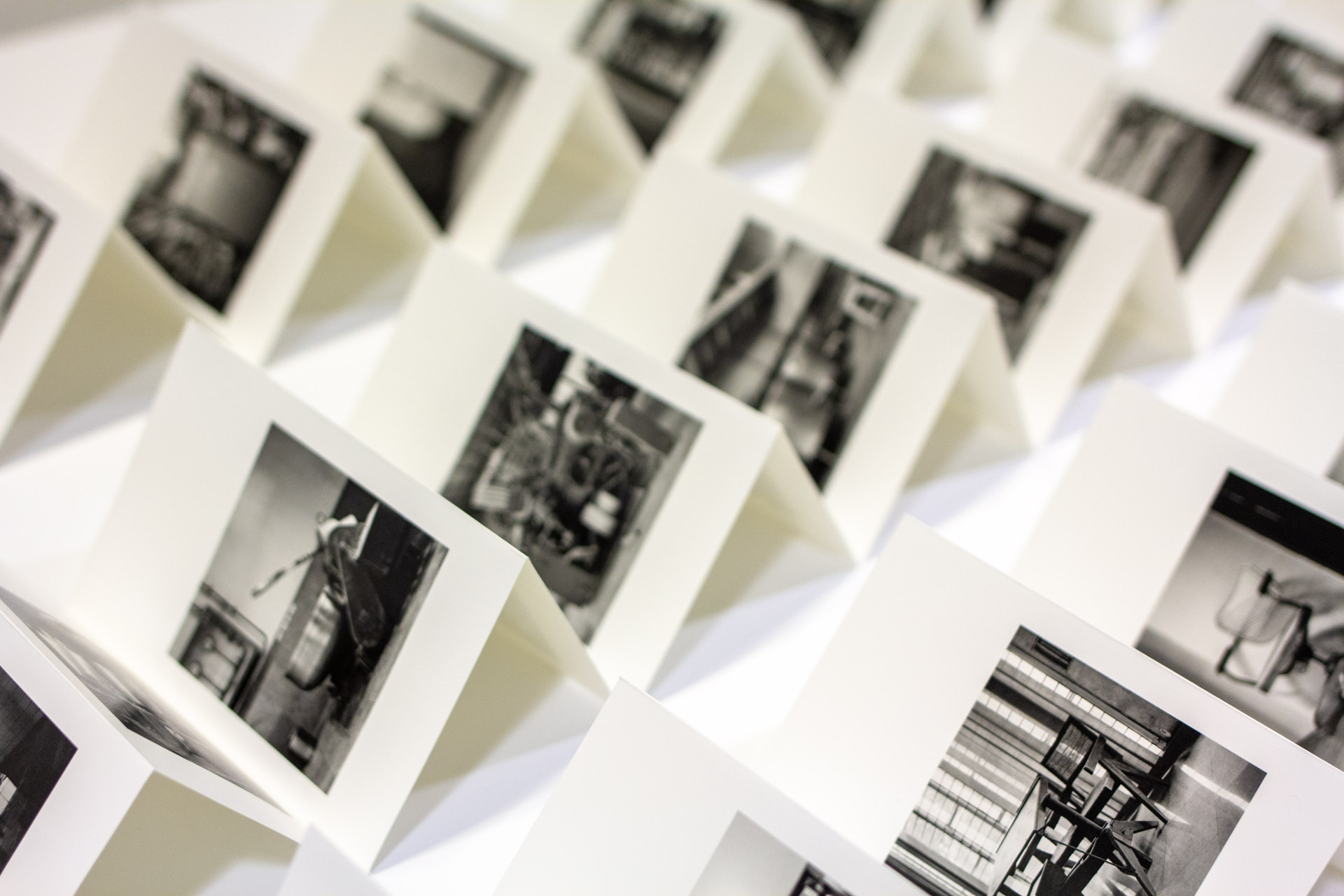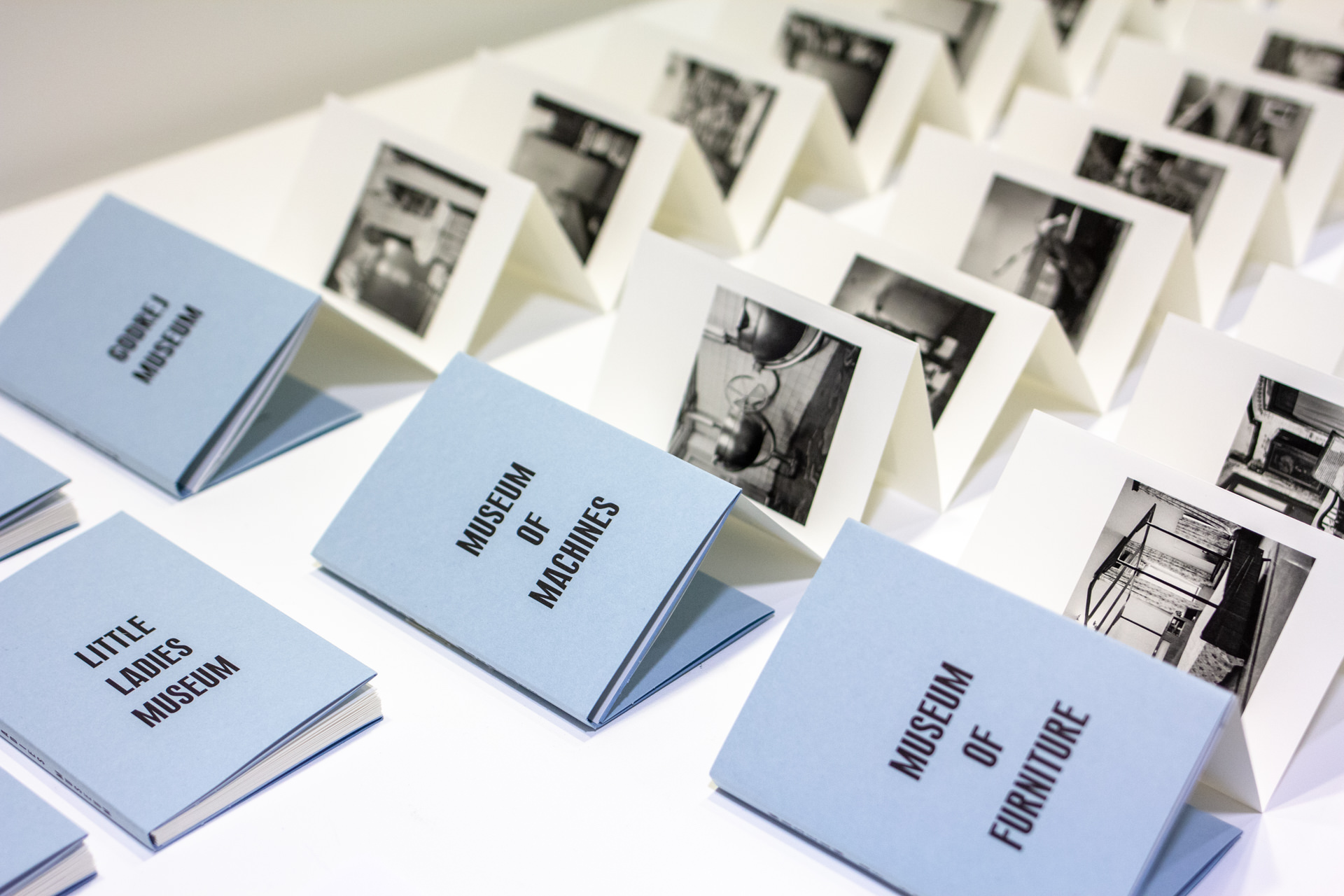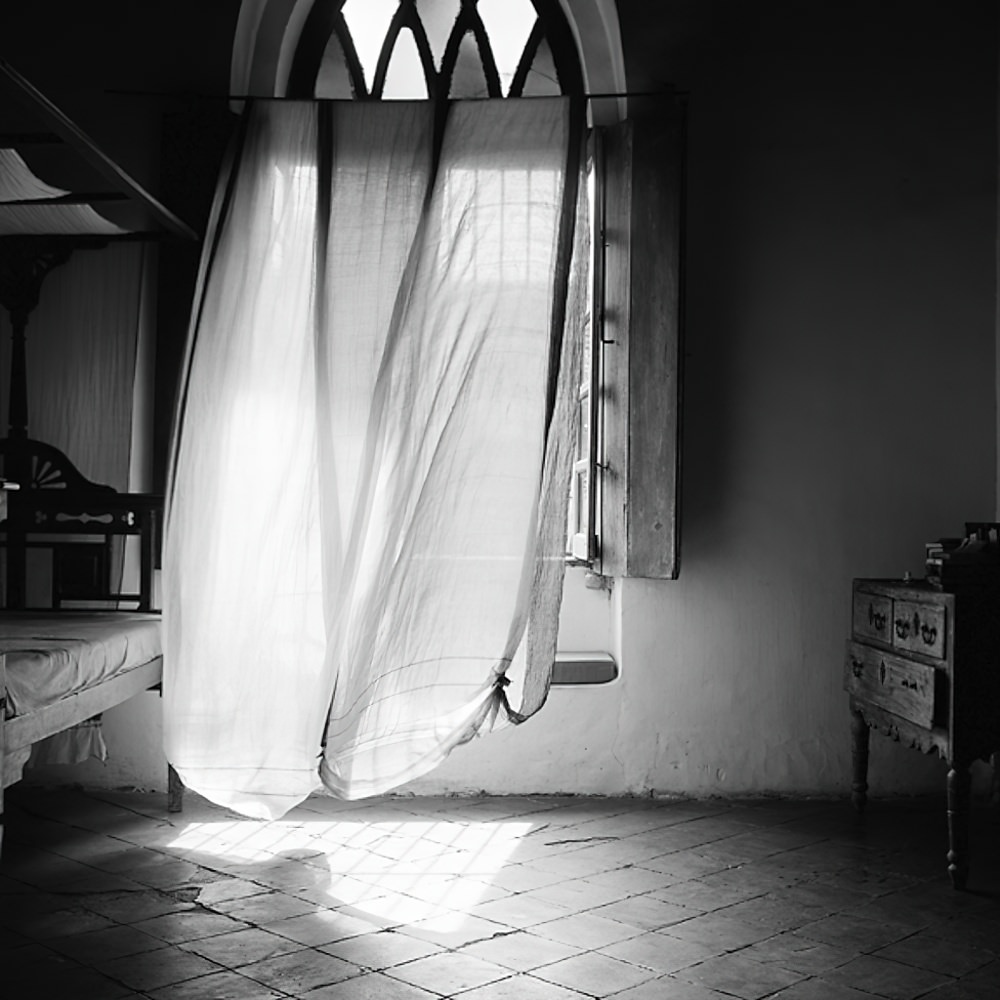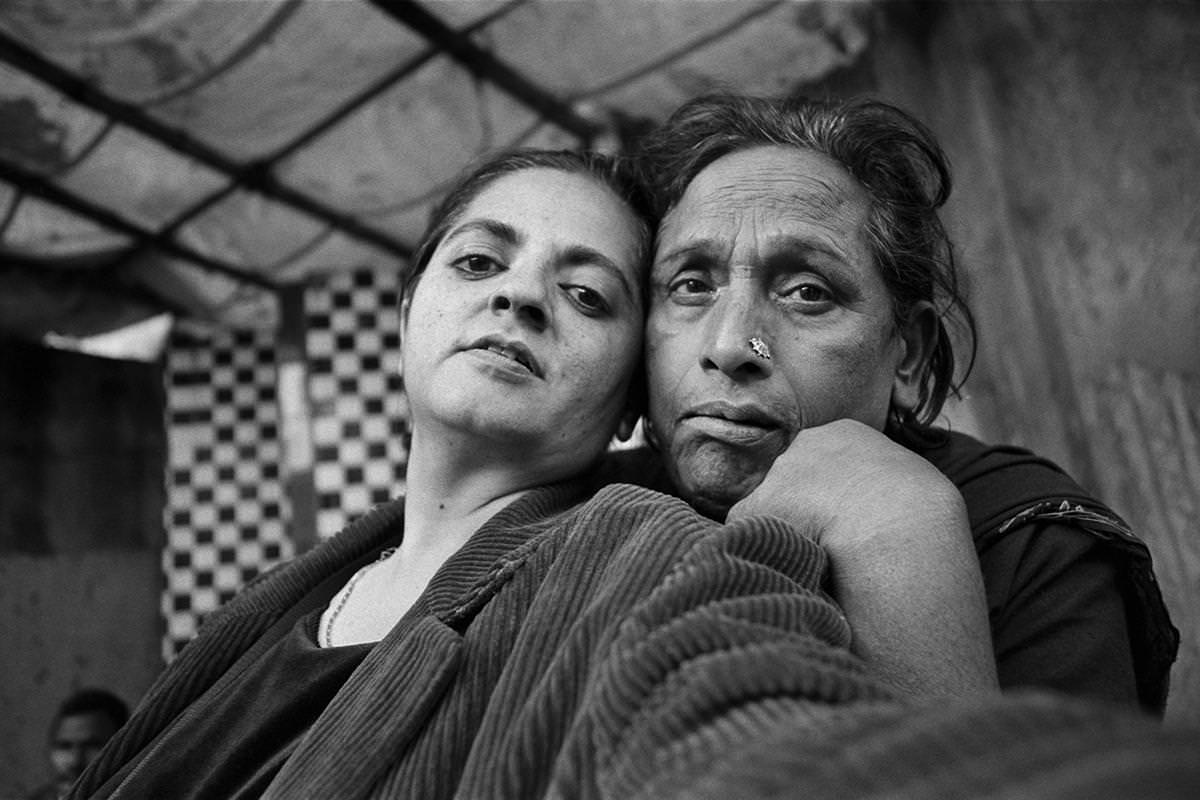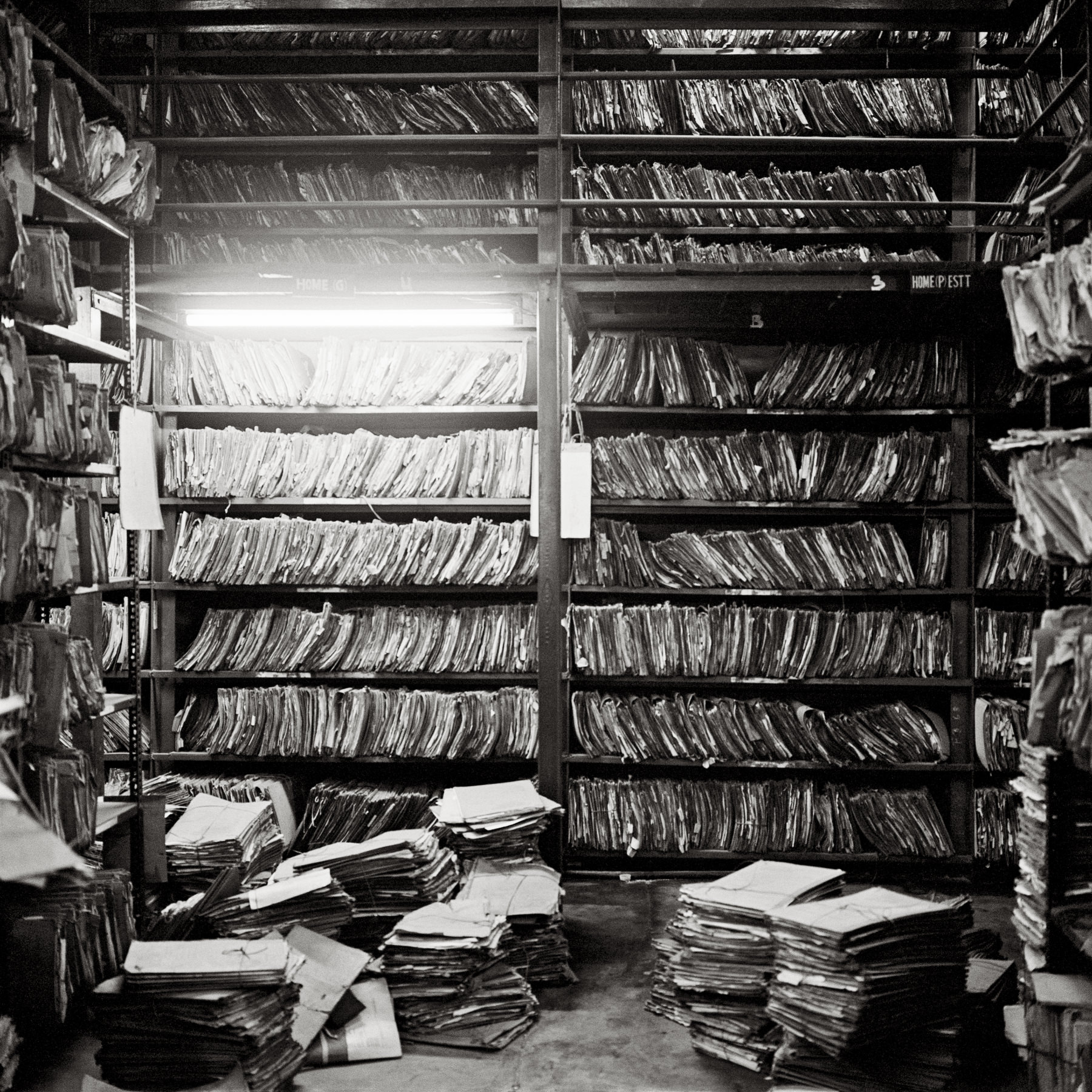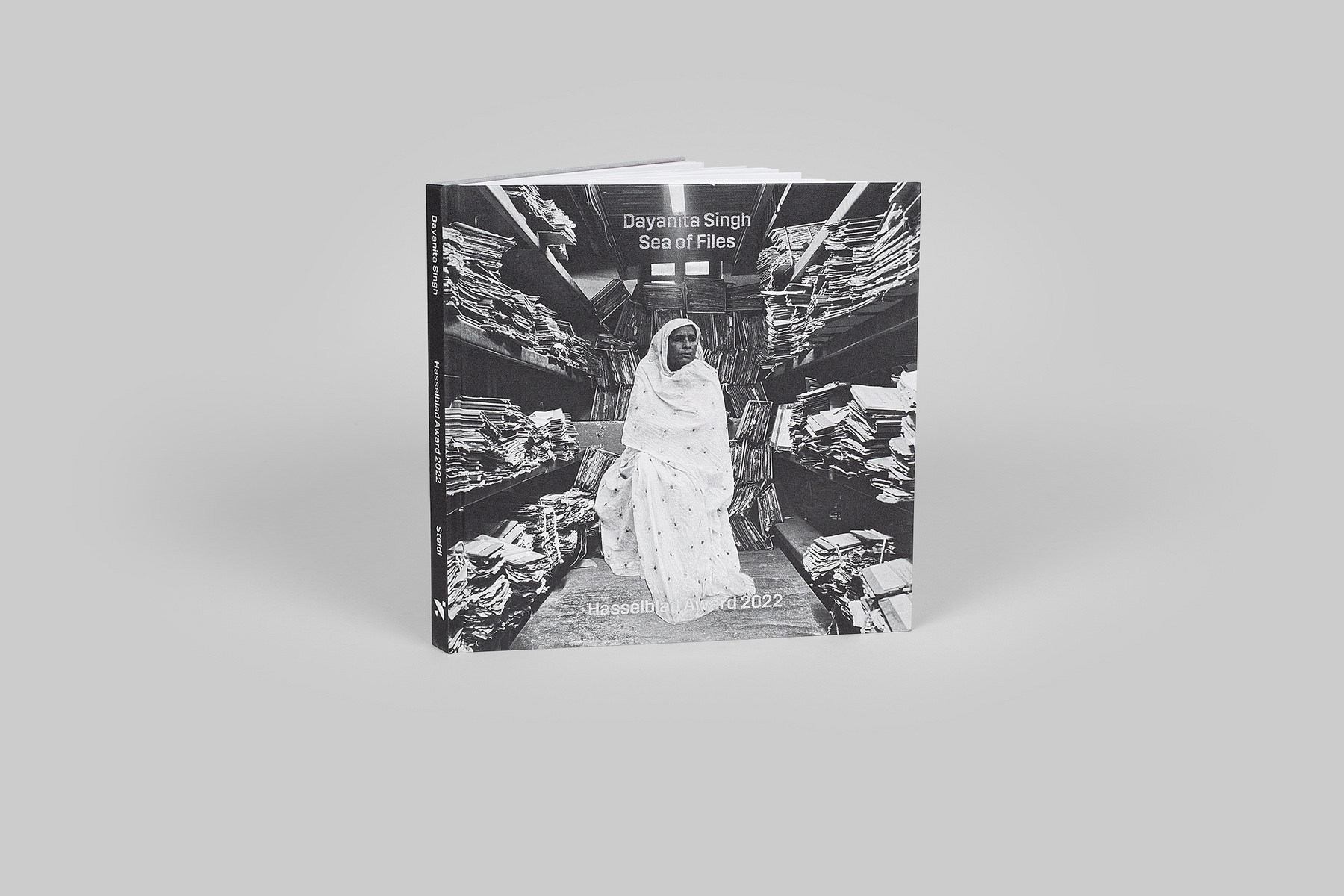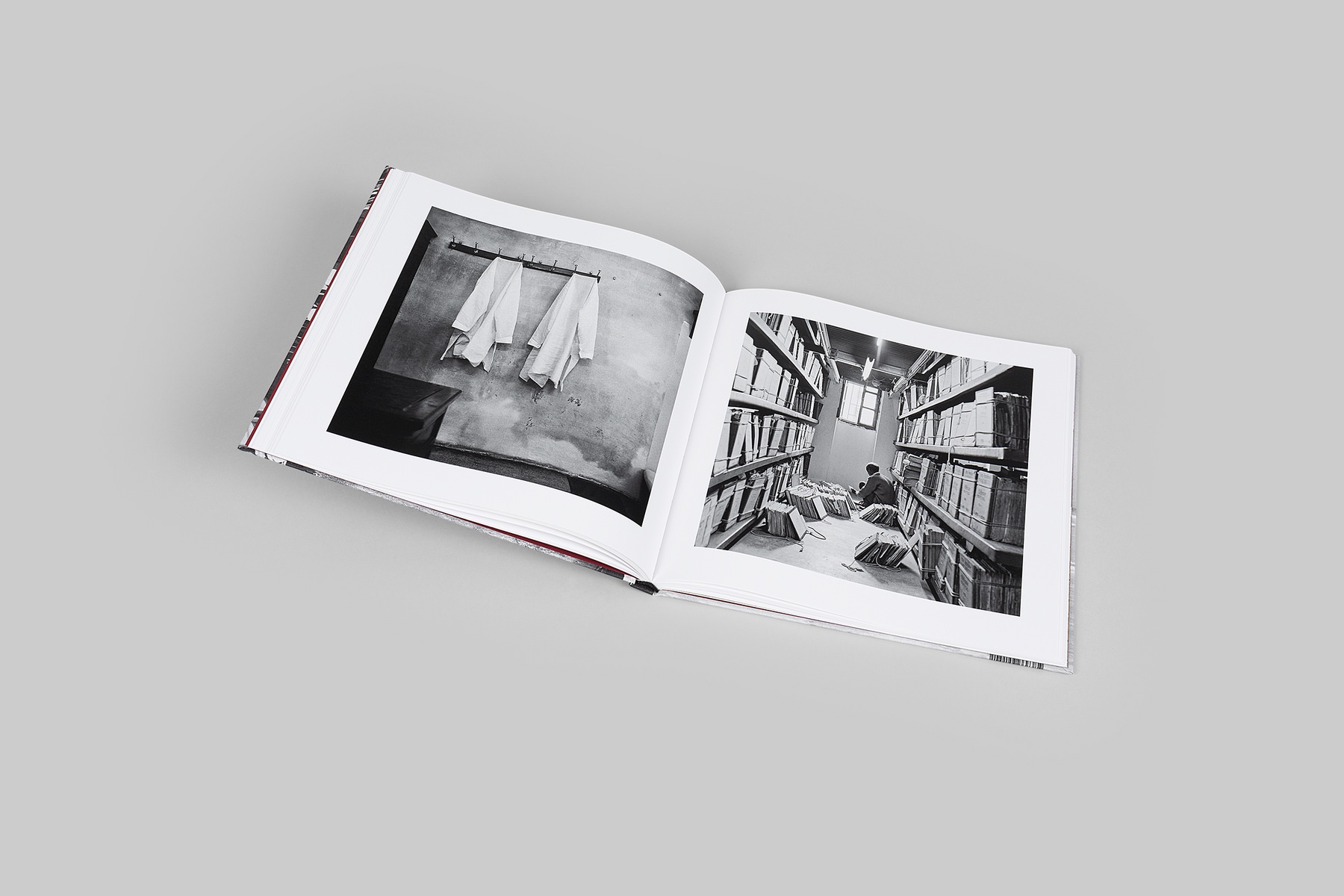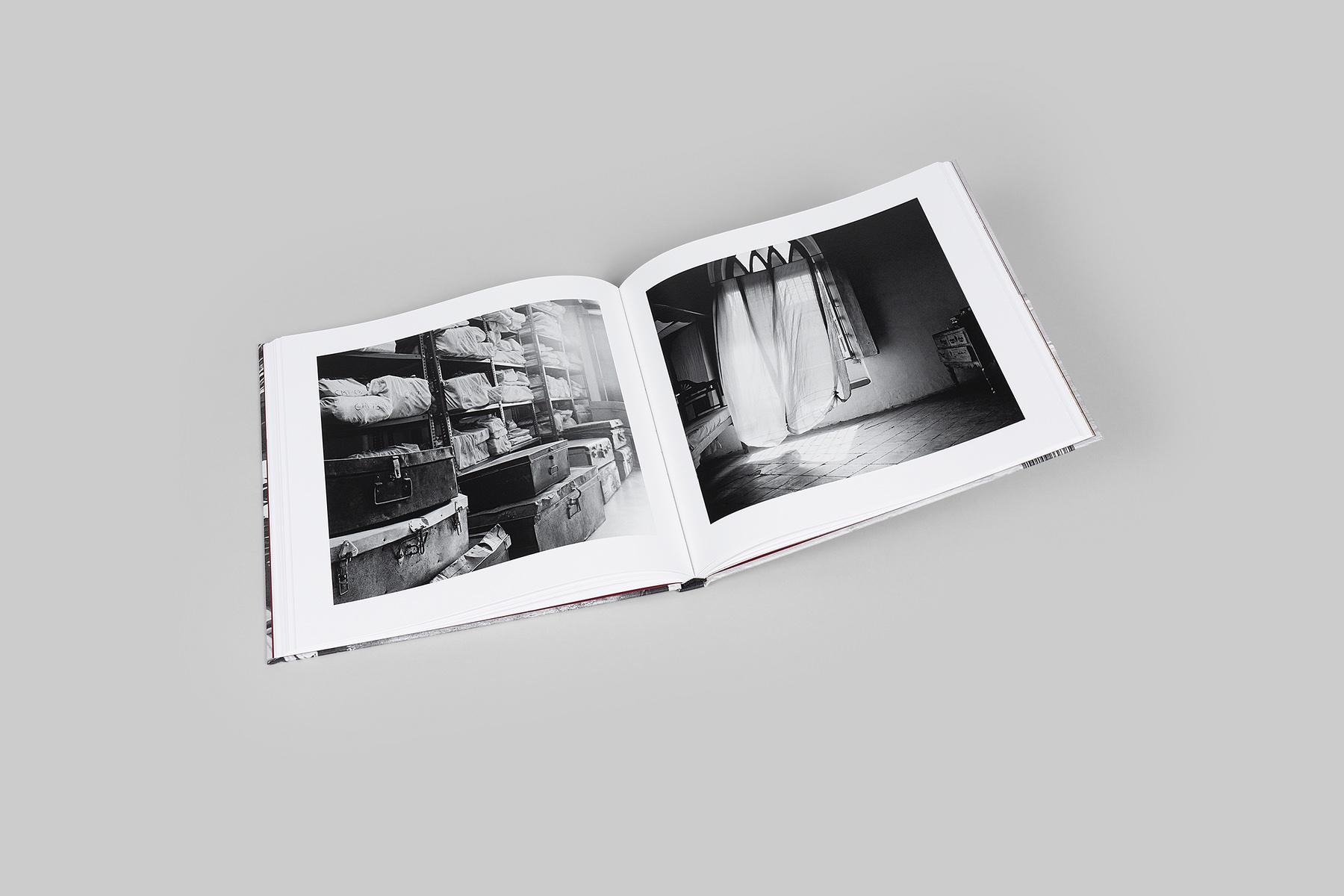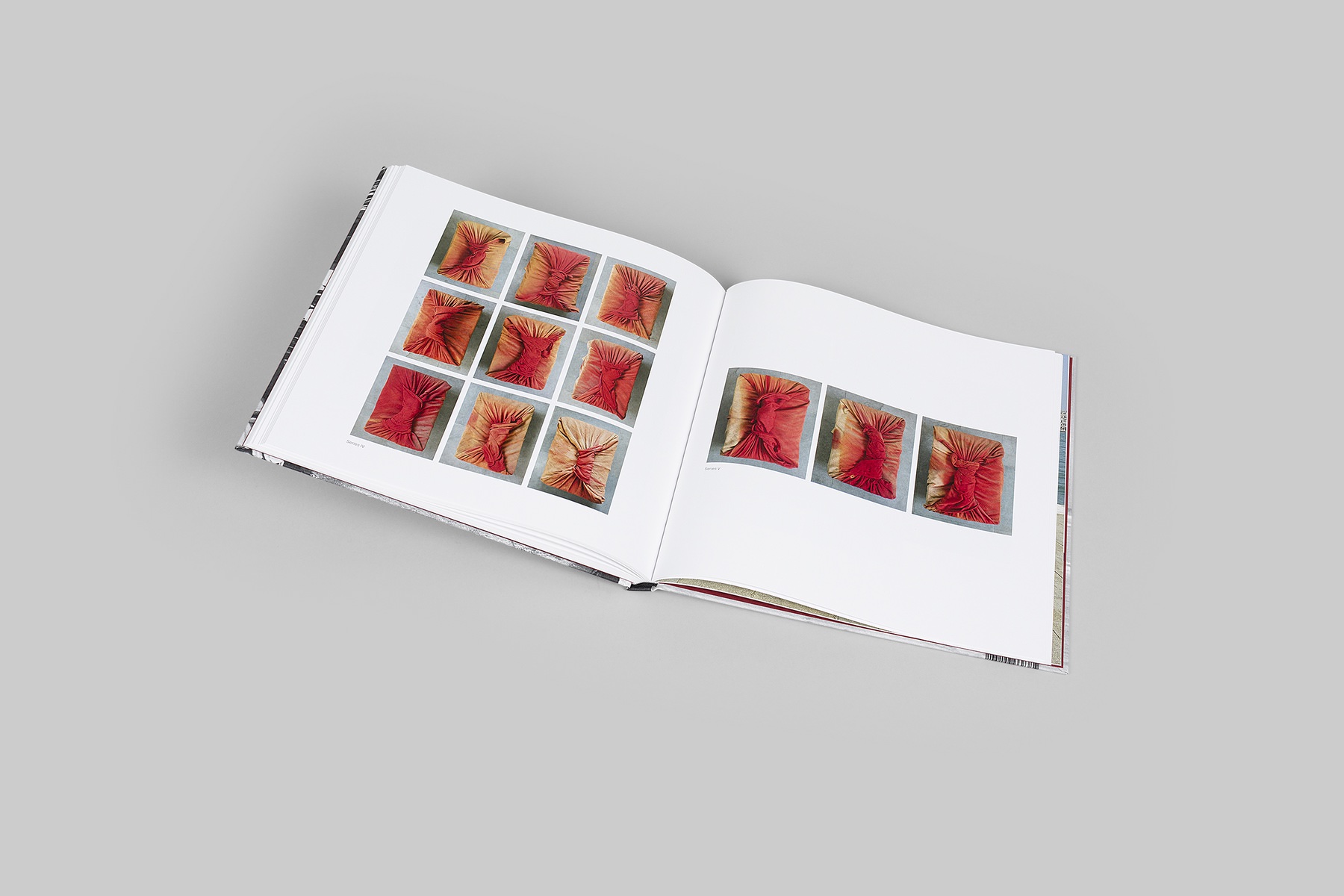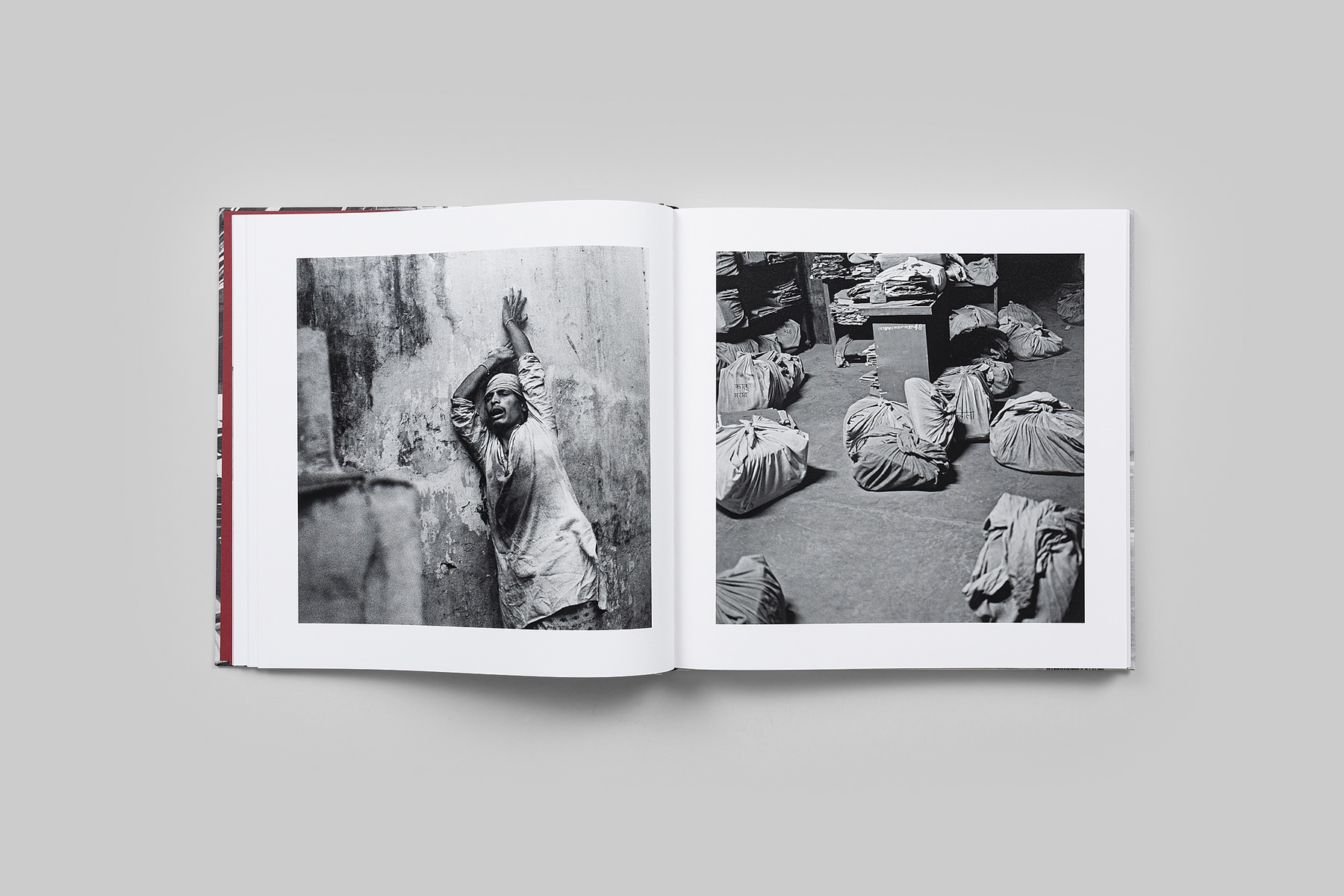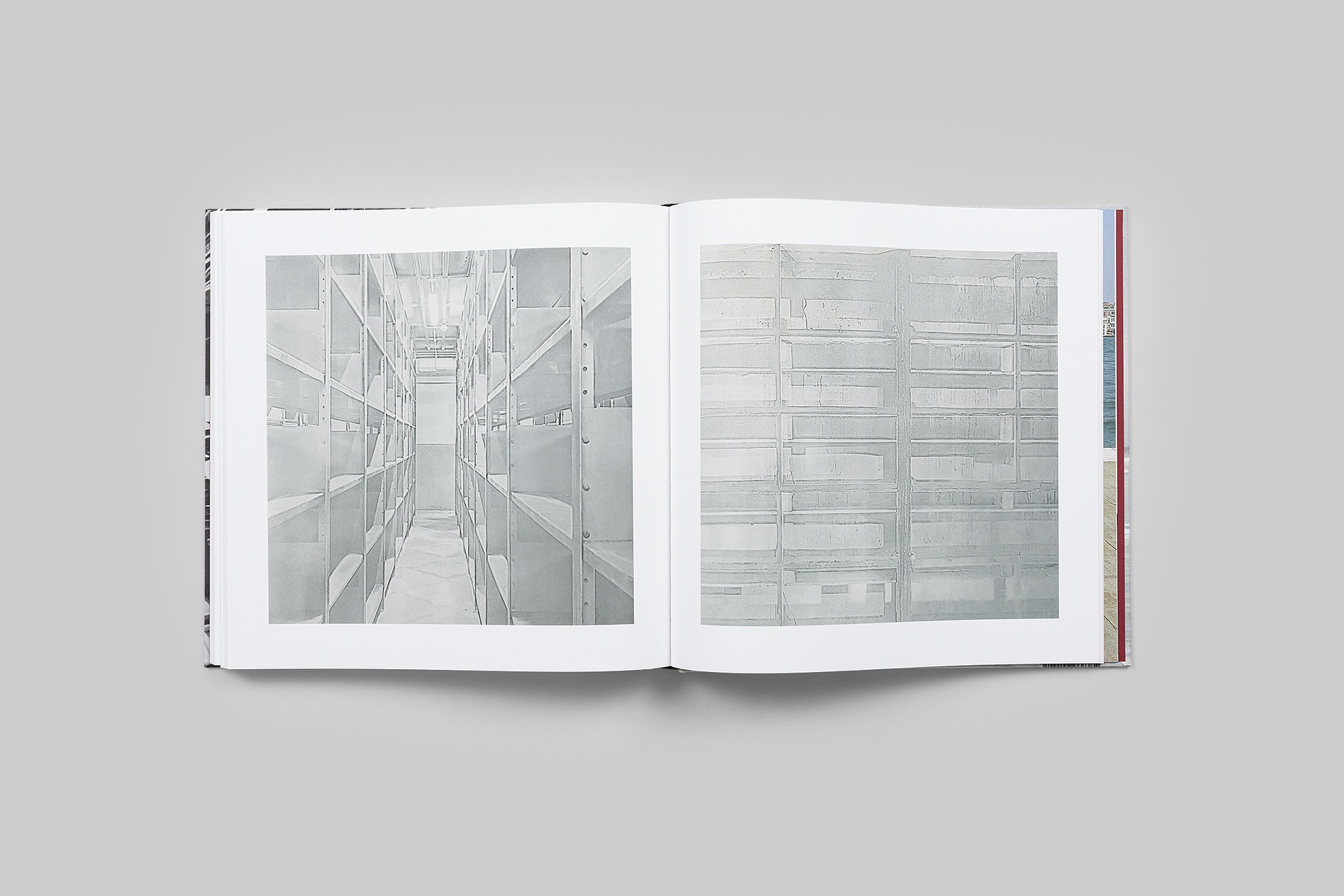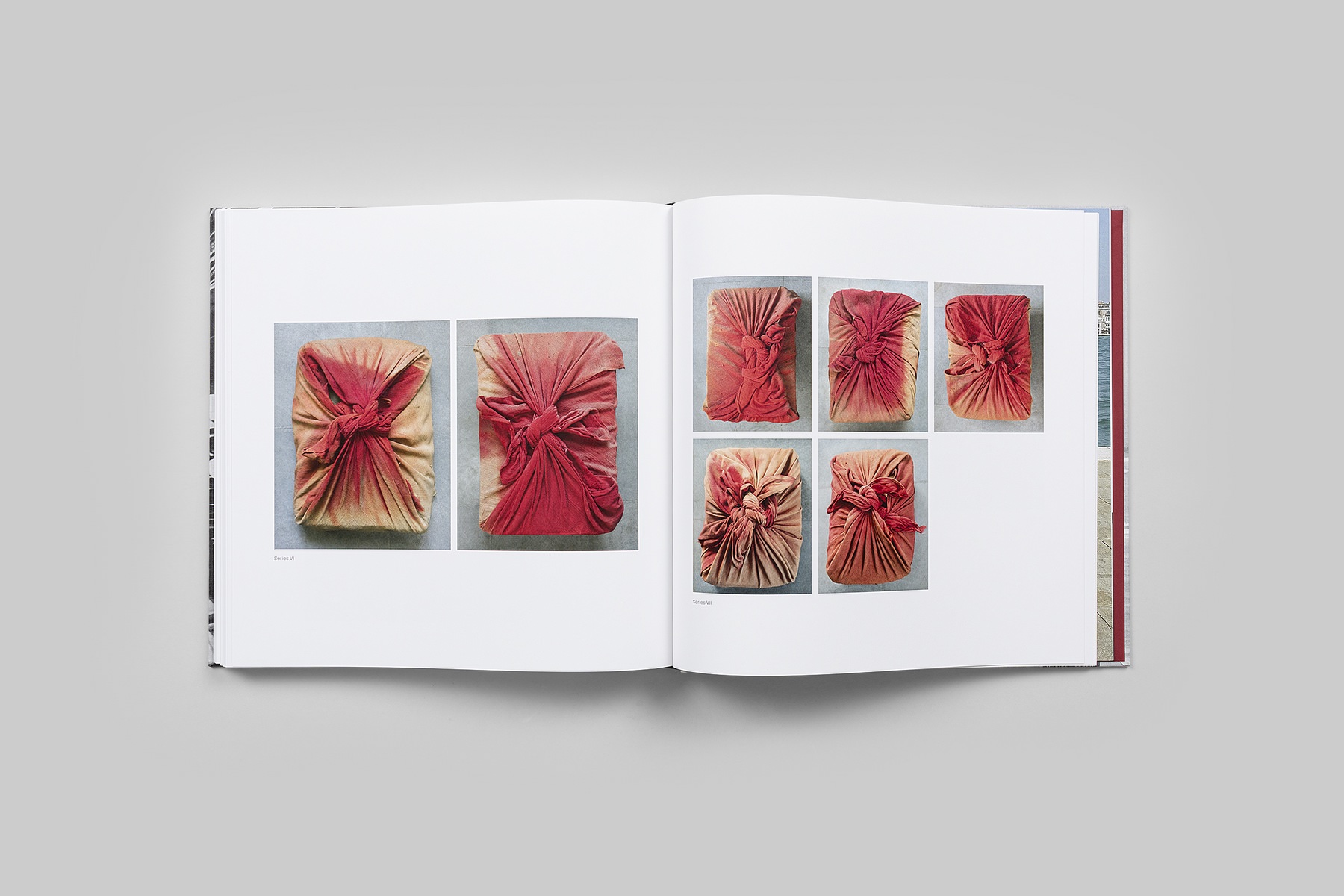Dayanita Singh: Sea of Files
Dayanita Singh is the winner of the Hasselblad Award 2022. In celebration of this, the exhibition at Hasselblad Center reflects how archives and archiving have been continuous points of interest, research, and reference in her photographic oeuvre. Singh has developed a highly inventive archival methodology for publishing and displaying her work, creating new ways of seeing and experiencing photography.
Dayanita Singh challenges the conventional approach to presenting photography by creating her own accessible ‘museums’ in the form of installations or publications. Singh’s photographs seem to take on a life of their own, but in the manner of a skilled composer, she assembles her images in meticulously crafted arrangements of poetic plays with themes and associations.
Dayanita Singh has been photographing and documenting everything from local town archives to court registries in India since the early 2000s, and the seminal work File Museum includes 140 of these photographs. Some of the archive documents are carefully wrapped in fabric, while others are placed in piles stretching from the floor to the ceiling. Finding the right document can appear to be an impossible task, but in Singh’s photographs, a close tie between archive and archivist emerges, where the piles of documents become an extension of the custodian, thereby following an internal logic. Singh is fascinated by the fact that archivists in India not only create their own physical structures, but also – in many cases – their own individual cataloguing system.
The book takes on a key role in Dayanita Singh’s work and method. This is exemplified in Museum Bhavan, which consists of nine different museums in the so-called accordion book format, where the pages can be unfolded in long rows. The books also make the museums mobile, enabling Singh to unfurl an exhibition wherever she wants. The seriality and sequencing of the books are paralleled in her large wooden installations, but here, she breaks up the order and reshuffles the images. The Pothi Khana installation consists of columns of photographs that spread out like a forest in the room. The Time Measures series presents the red bundles that are a traditional way of preserving documents in India, where the red colour keeps the contents safe from insects and vermin. Over time, the bundles have faded, taking on the imprints of the bundles stored next to them.
Mona Montages (Mona in the archive) is one of Singh’s more recent works. It consists of 11 collages created from portraits and archives and can be viewed as a tribute to Mona Ahmed, who has figured prominently in Singh’s life since 1989, both as a close friend and a source of inspiration.
Museum of Innocence (The Madras Chapter) includes 20 silver gelatine photographs from three home museums, as well as a framed fragment of text from Orhan Pamuk’s novel Museum of Innocence. A “home museum” is a home preserved for posterity after the death of the person who lived there. When Singh read Pamuk’s novel, she was inspired to trawl through her own archive, leading to her creating a series of photographs of home museums devoted to the residences of MG Ramachandran, Sivaji Ganesan and K Kamaraj: actor, politician and activist. In the accompanying text fragment, Singh answers the characters in Pamuk’s novel to embed herself in the story.
In connection with the exhibition and the award ceremony, a new book will be published about Dayanita Singh’s archive works, accompanied by a new essay on her photography, written by Orhan Pamuk. The publication contains a number of works from the exhibition, including the visual essay Sea of Files in its entirety. It is also the first time that Museum of Innocence (The Madras Chapter) will be published.
About the Author
Dayanita Singh was born in 1961 in New Delhi, India, where she currently lives and works. She studied Visual Communication at the National Institute of Design in Ahmedabad, graduating in 1986. Her final project was the photobook Zakir Hussain that recorded her time spent following the celebrated tabla maestro as he performed around India. In 1988 she completed her photojournalism and documentary photography studies at the International Center of Photography in New York. On returning to India Singh was asked to photograph the Hijra community and this is when she met Mona Ahmed who became a lifelong friend. Continuing to avoid clichés, sentimentality and photographic conventions Singh moved on from photojournalism. In a quest to challenge exotifying conceptions of India she also focused on members of her own social milieu.
Since 1989 her work has been shown in numerous international publications, and the first internationally acclaimed exhibition was Empty Spaces, at Frith Street Gallery, London, in 2001. Soon thereafter Singh began testing the permeability of the photobook, creating novel methods of exhibiting her work – and publishing became a significant part of her practice. Through the books, she experiments with alternate forms of producing and viewing photographs while blurring the boundaries between book, object and exhibition — the photobooks becoming a gallery for the photographs and the exhibitions serving as catalogues for the books. In works like Sent a Letter (2008) Singh continued exploring ways to disseminate her work to a larger audience, designing miniature accordion-style photobooks, such as a calico covered box with seven notebooks inside.
In 2007 Singh published Go Away Closer, with 31 black-and-white photographs and no text, a book she describes as a novel without words. In the series of Blue Books (2008) Singh published photographs made during her wanderings in industrial landscapes, places that could be anywhere in the world. This was followed by the book Dream Villa (2010), a publication that shows how the night can transform everyday situations into mysterious and unsettling events.
Over the next decade, Singh developed her idea of the book-as-exhibition Museum Bhavan (2017), a collection of nine volumes and text — each its own museum. Museum Bhavan follows earlier projects including the File Room (2010), a requiem to paper in the digital age. File Room contains photographs of archives with endless rows of paper from government officials, Indian courtrooms, and institutions. These archives show the problems of communal memory and remembrance in a country of more than a billion inhabitants. Museum of Chance (2015) elusively unfolds to reveal images by chance, weaving together stories and timelines in a never-ending labyrinth of connections.
By rethinking the two modes in which photography is most traditionally received, Singh has created a primary experience of her work via objects meant to be held, seen, and read. Suitcase Museum (2015) assembled images from her immense archive in two suitcases that allowed flexibility of movement and display. With Museum of Shedding (2016) Singh again broke new ground: the entire assemblage held display stands while containing a bed, chairs, desk and a cabinet for storing prints, in essence attending to the curator’s need within a museum. Recently, the museums have evolved into the singular pillar form, consisting of five cubes that can be packed flat and accompanied by a stool. Her Montage series, drawn from her own extensive archive of interconnected bodies of work, is a result of combining prints of the same size with a single, decisive cut.
Over the decades of her career Singh has exhibited internationally in over sixty solo shows and more than a hundred select group exhibitions. She is the recipient of six international awards, and has over 20 published books, notably with a consistent collaboration with the publisher Gerhard Steidl.
Dayanita Singh won the 2022 Hasselblad Award.
Singh’s latest publication Let’s See with Steidl was released in June 2022.
Dayanita Singh: Sea of Files
15/10 2022–22/1 2023
Hasselblad Foundation
Göteborg – Sweden

